To celebrate this year’s International Day of Biodiversity, QYH’s CEO and COO, Neo Lin and Nicholas Manthey, were invited to speak at Sanming University’s School of Resources and Chemical Engineering. Neo and Nick were honored to receive letters of appointment as adjunct professor from Sanming University for their contributions in the sustainability and carbon neutrality industries and to further deepen educational ties with the School of Resources and Chemical Engineering.
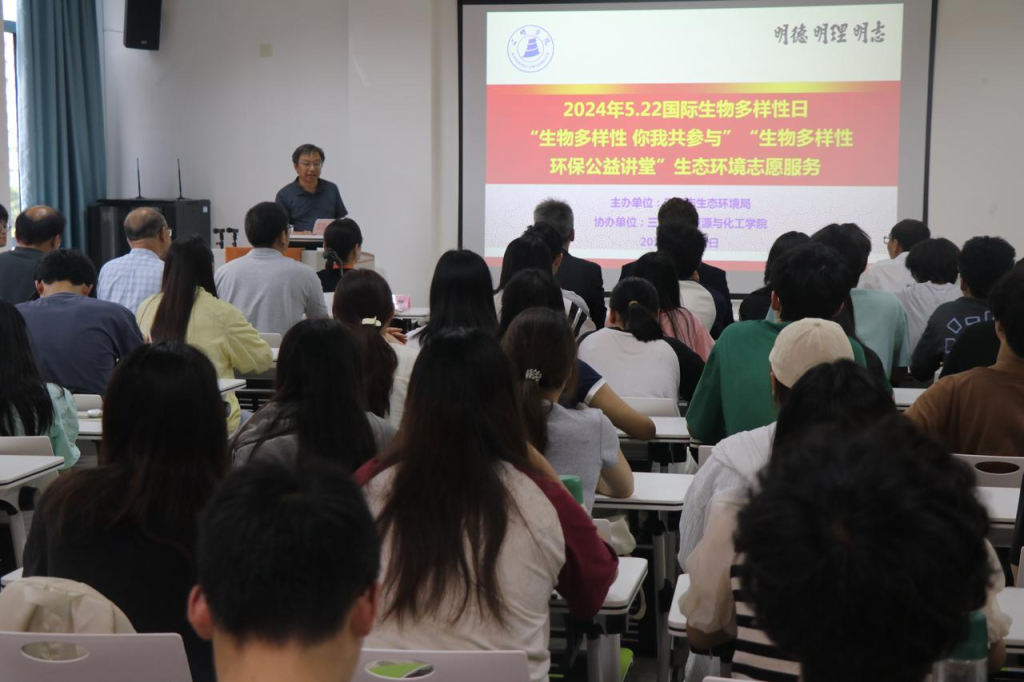
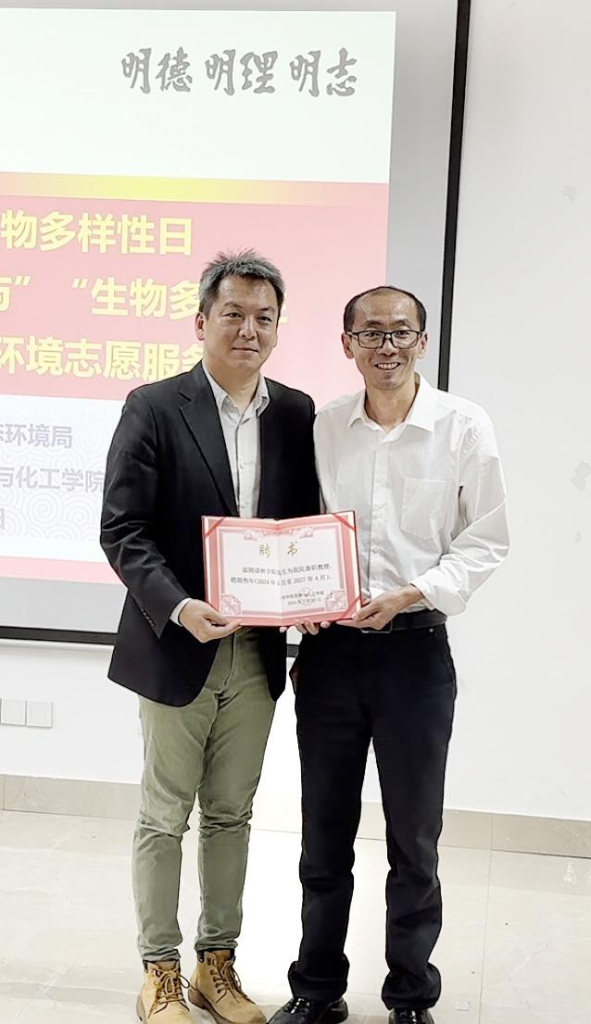
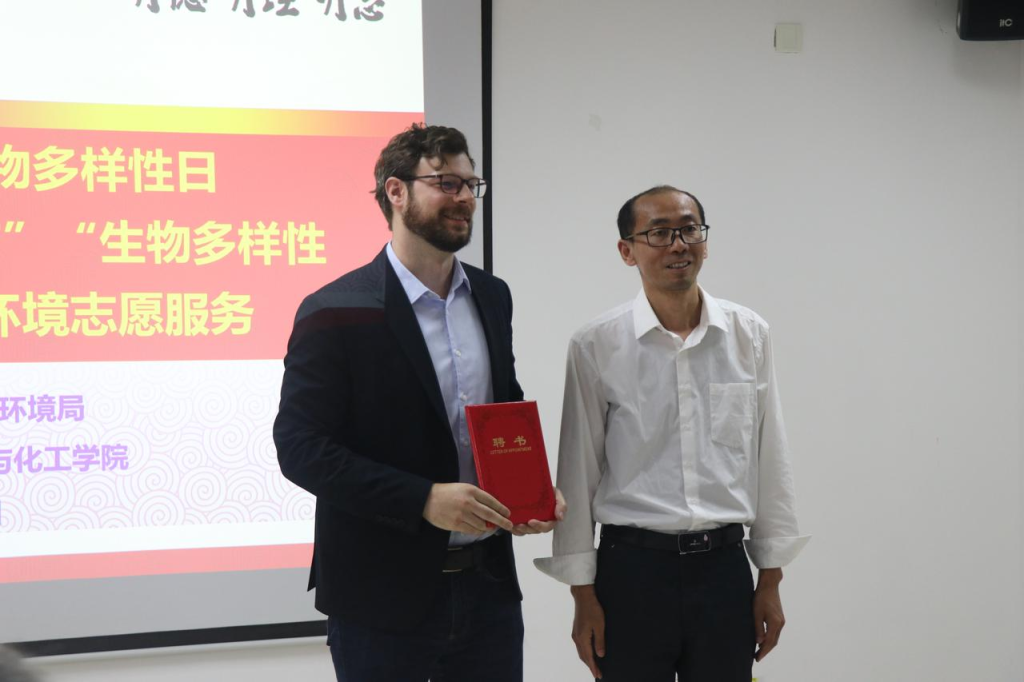
During their presentations, Neo and Nick focused on the goals of the Kunming-Montreal Global Biodiversity Framework and how market-based mechanisms can be used to help restore the loss of nature. Since 1970, the world has witnessed a loss of biodiversity by 70% on average. Biodiversity loss is more extreme in areas of the Global South such as Asia (-45%), Africa (-65%) and Latin America (-94%).

With the implementation of the Kunming-Montreal Global Biodiversity Framework in 2022, there are now clear goals to reverse biodiversity loss and make the world “nature positive” by 2030. By halting further biodiversity loss and restoring nature, using lands and seas sustainably, sharing ecosystem benefits and services, and mobilizing resources from public and private sectors, we can achieve zero net biodiversity loss by 2030 and full recovery of nature by 2050.

The goals of the Kunming-Montreal Global Biodiversity Framework clearly align with the United Nations Sustainable Development Goals. As we implement and achieve these goals, we can not only restore the health of the biosphere, but also improve human well-being. Human well-being is reliant upon biodiversity, as well as the Earth’s terrestrial and aquatic ecosystems and the services that these ecosystems provide to people. By finding a balance between biodiversity for nature and biodiversity for people, we can create functional economies that also allow for functioning ecosystems.
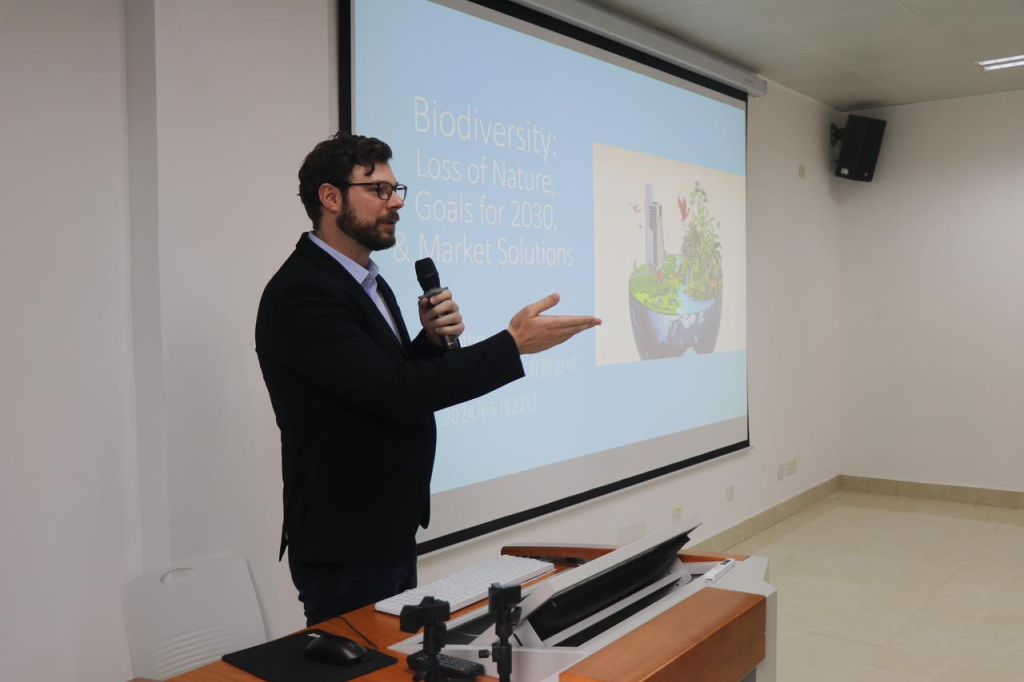
While there are many ways that we can achieve this balance between people and nature, one new way is starting to emerge: biodiversity markets. The logic of biodiversity markets is similar to that of carbon markets, where “no net loss” is achieved through project development and offsetting. For example, a biodiversity project developer can implement activities that restore the historical levels of species diversity within a given area. After achieving the outcomes of these restorative activities, the results can be quantified and issued as biodiversity credits. These credits can be bought and sold much like carbon credits, and used by companies to offset their biodiversity footprint. While biodiversity markets and still very young, they are growing alongside carbon markets globally, with annual demand predicted to reach 7 billion USD by 2030 and 180 billion USD by 2050.
However, biodiversity markets alone will not solve the current biodiversity finance gap of 700 billion USD annually. In order to truly become “nature positive” by 2030 and halt further biodiversity loss, we need to do several more things including: mandatory nature-related data disclose from global companies, increasing nature-positive financial flows, making biodiversity targets mandatory for corporate ESG goals, central banks around the world addressing risks from loss of nature, and increased international policy alignment for protecting nature. With the Kunming-Montreal Global Biodiversity Framework now in implementation, what is crucial is that we act now and maintain our momentum over the next 25 years. Only then can we fully restore nature for the generations to come.
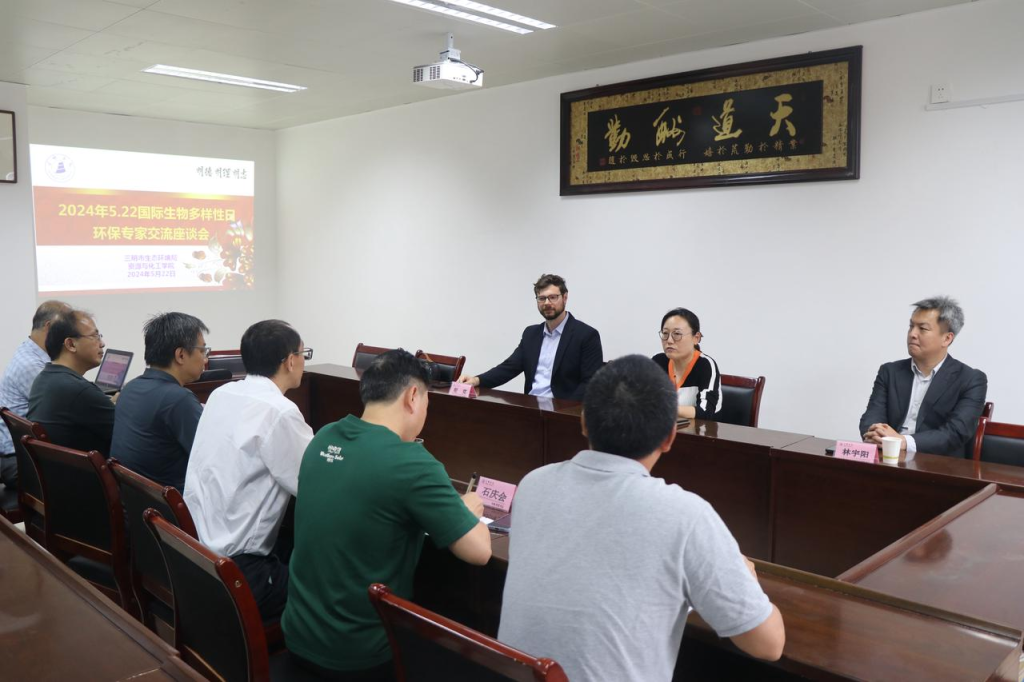



Leave a Reply